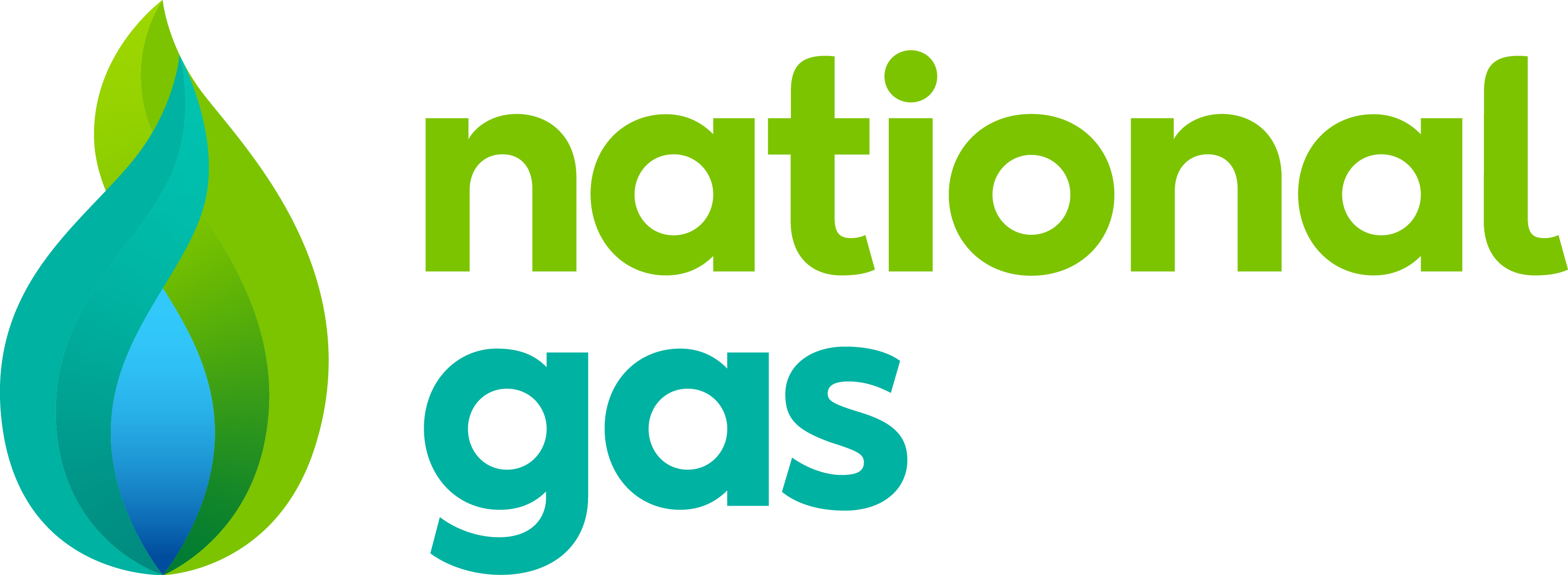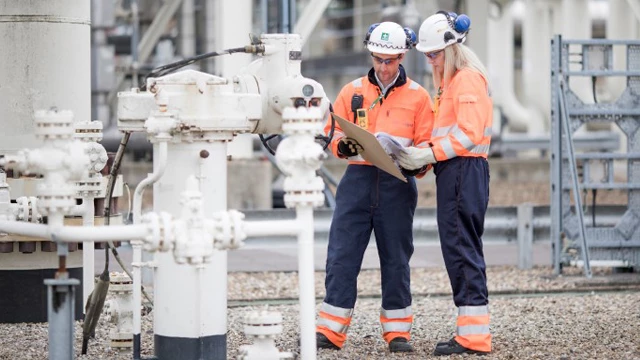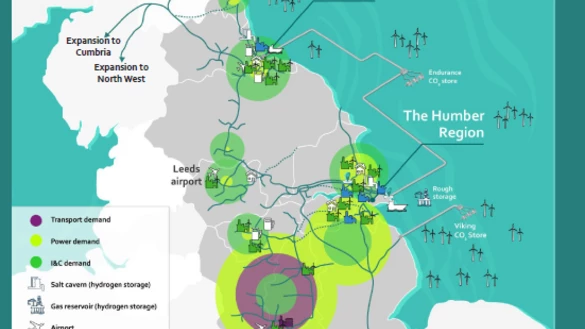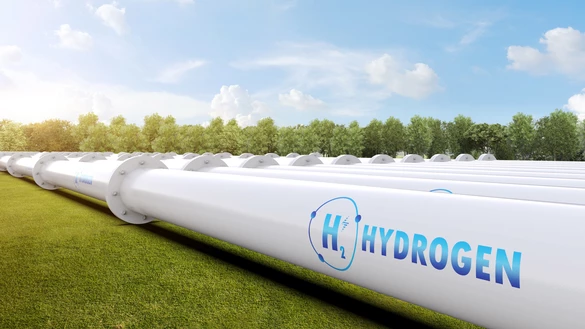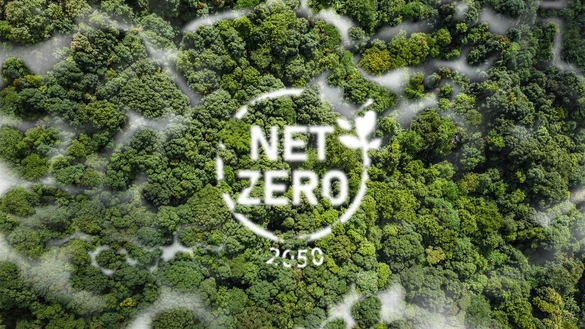Across our network, inspections are carried out on all gas welds. Traditionally, radiography was used as a standard technique to look for cracks and defects, but over time, ultrasonics began to be used as a safer alternative.
While this technology successfully measures defects in pipes over 8mm thick, it doesn’t perform as well on pipes of smaller thicknesses. So in 2016, working with Creaform, the team began an investigation into how 3D laser scanning technology could be used to overcome this.
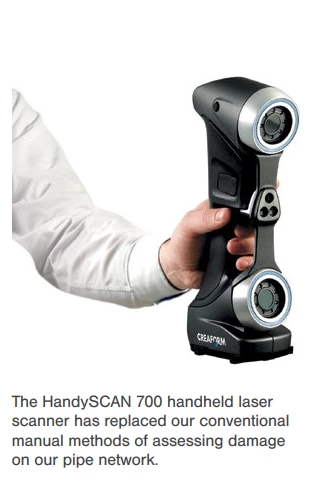
For thinner pipe, the conventional probes – that generate ultrasonic energy and detect defects – were too large to get close enough to the welds, so the project looked to replace these methods with a handheld laser scanner and associated pipecheck software.
To use the scanner, engineers place targets on the intended area before scanning begins. A scan takes no more than five minutes to complete and sends the results straight to the Technician’s computer.
Utilising the laser scanner results in fewer costly excavations and is cheaper than the traditional radiography tests – it costs around 80% less. Alongside this, using the laser scanner results in easy to obtain, more accurate data that significantly reduces the amount of time spent inspecting defects.
Following successful field trials, in 2017 the scanner was rolled out to Gas Transmission as an approved pipeline analysis technique. The required standards were updated to reflect this, and the use of the scanner is now well established as an inspection method.

